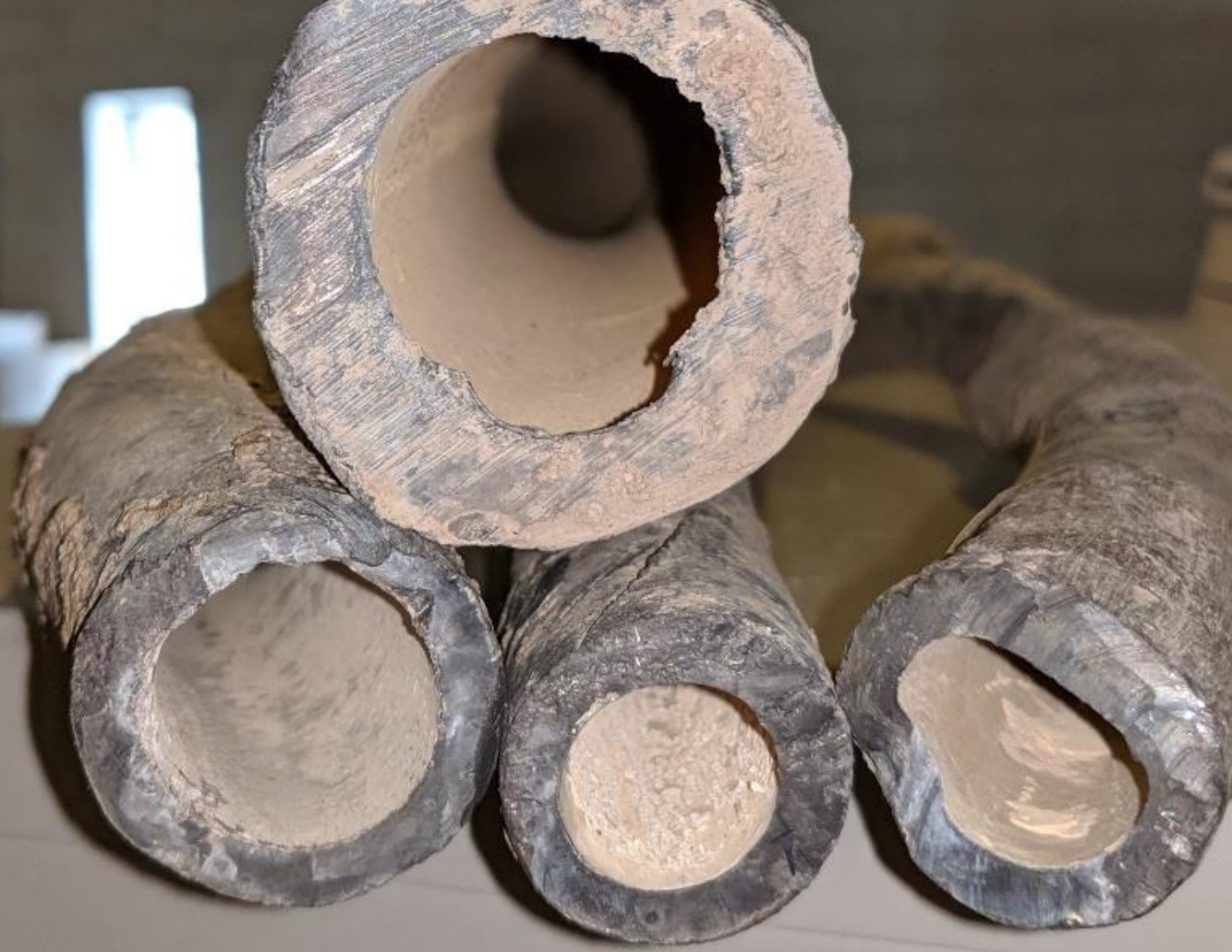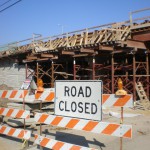City Behind on Replacing Lead Pipes
As of Aug. 10, only 333 service lines to homes replaced with copper, yearly goal is 1,100.

Lead service lines replaced by the Milwaukee Water Works with corrosion control visible in pipe. Image from Milwaukee Water Works.
The city is significantly behind in its goal to replace 1,100 lead pipes by the end of the year, exacerbated in part by the ongoing pandemic, Milwaukee officials say.
As of Aug. 10, only 333 lines have been replaced, according to data on the Milwaukee Water Works website.
The lead service replacement project began four years ago after officials found an unsafe number of lead laterals, or service lines, connecting water mains to houses and businesses.
The lead from these lines leaches into tap water and can have unhealthy effects on those who drink it, especially developing children.
The project replaces lead pipes with copper ones.
During a July 15 meeting of the Milwaukee Common Council’s Public Works Committee, Ald. Milele Coggs said the rate of replacement is too slow. Coggs called for more options for residents.
“My goal is to get to a point where you don’t have to wait until stuff is disrupted to be able to replace your lead laterals,” Coggs said.
Milwaukee Water Works Superintendent Karen Dettmer said her department did not feel comfortable sending workers out during the early part of the pandemic, because so much about the virus was unknown at the time. Officials, she said, did not want to put workers or residents at risk.
The process of replacing the lines requires multiple people entering a home or business.
Because of the risk of exposure, Dettmer said, some residents did not want workers entering their homes.
While the pandemic did slow the program, Dettmer said workers have made significant progress at child care centers that have been closed during the shutdown.
“It’s not a simple answer as far as moving forward with lead service line replacement,” Dettmer said. “If we had an infinite amount of funding, it would be a much simpler answer.”
Dettmer said the price of replacing lead service lines has increased, and the city’s budget will face constraints in the future.
Dettmer is proposing a new plan that would evenly distribute revenue from water rates to help fund service line replacements. The water main replacement project will affect 300 properties with lead service lines.
With 70,000 lead service lines in the city, it would take roughly 70 years for the program to reach its goal.
For Robert Penner, a member of Get The Lead Out coalition, that’s too long. The coalition is made up of residents and community organizations.
Penner cited Lansing, Michigan, as the “gold standard” for lead replacement. He acknowledged that it is a smaller city than Milwaukee. Lansing had to replace 12,150 pipes as opposed to Milwaukee’s 70,000.
“We see that as absolutely unacceptable,” Penner said. “We’ve seen in other cities that this type of project can be accomplished in a few years.”
This story was originally published by Milwaukee Neighborhood News Service, where you can find other stories reporting on fifteen city neighborhoods in Milwaukee.
City Hall
-
Council Blocked In Fight To Oversee Top City Officials
 Dec 16th, 2025 by Jeramey Jannene
Dec 16th, 2025 by Jeramey Jannene
-
Latest Effort to Adopt New Milwaukee Flag Going Nowhere
 Dec 3rd, 2025 by Jeramey Jannene
Dec 3rd, 2025 by Jeramey Jannene
-
After Deadly May Fire, Milwaukee Adds New Safety Requirements
 Dec 2nd, 2025 by Jeramey Jannene
Dec 2nd, 2025 by Jeramey Jannene


















